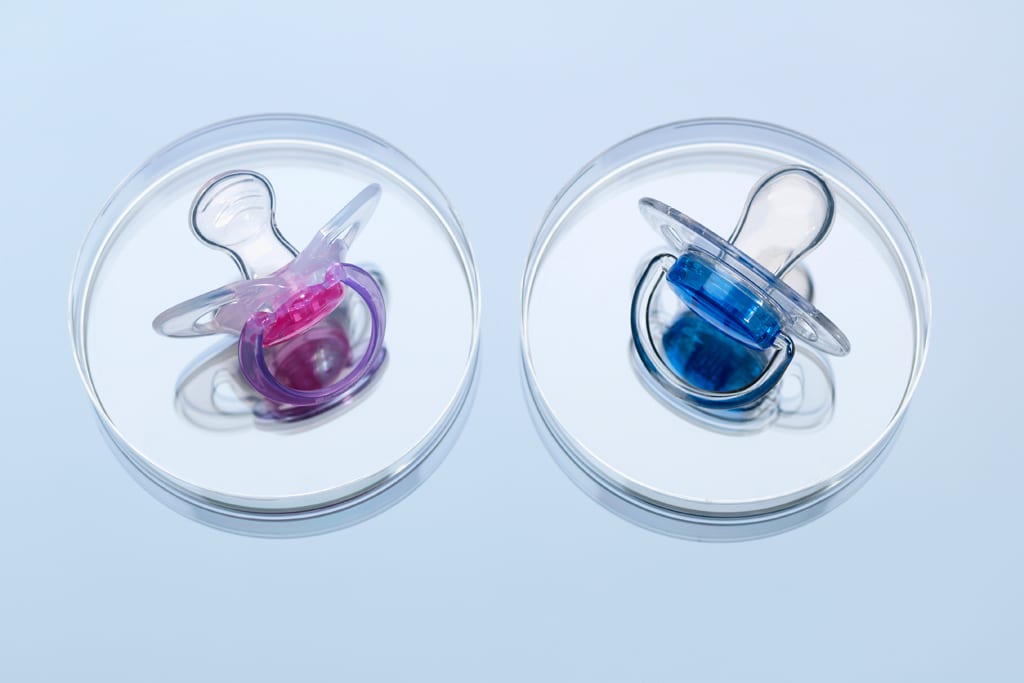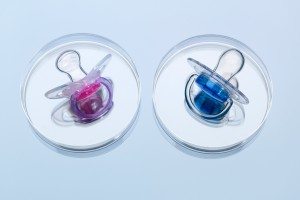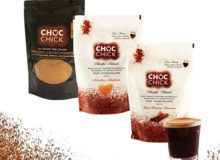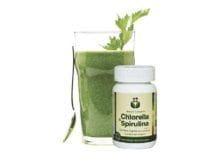What’s the deal? The new, affordable IVF

Do you know anyone who’s been through IVF? Perhaps you’ve tried yourself? Anyone will tell you that the process is physically and emotionally grueling and can be incredibly expensive. However, a new method of affordable IVF is being trialled in the UK, which could save thousands for couples desperate for a baby.
The NHS funds some IVF, but lack of funding means you’ll probably only receive one cycle. Two out of three women need more than one to conceive, and so self-funding further cycles leaves many couples facing thousands of pounds of debt. However, a new low-cost technique is on trial, promising to cut costs to less than £1000 per cycle – potentially allowing more couples to achieve their dream of becoming parents.
The old technique
Conventional IVF needs an expensive carbon dioxide incubator with a steady gas supply and air purification methods to create the perfect conditions (not too acidic or too alkaline) for embryos to develop. Needless to say, the costs quickly add up.
Keep it (relatively) simple
Instead of costly labs and high doses of expensive hormones, the new technique simply uses two airtight rubber-stoppered test tubes costing less than 10 pence, connected by a plastic tube. Carbon dioxide is made in the first tube to create the ideal pH level. The gas travels via the rubber tube to the second test tube, into which egg cells and sperm are injected – cue fertilisation (hopefully). The embryos initially grow inside the tube; after two or three days, they’re ready to be transferred into the womb.
So far, so good
It may be early days, but success rates of this new method are promising. The first trial happened in Belgium last year, producing pregnancy rates equal to those of the standard higher-cost technique – a third of the women involved became pregnant.
It suits most, but not everyone
The new method is designed to tackle about 60 per cent of IVF cases, but it won’t work for all prospective IVF couples. Around 30-40 per cent of patients will have severe male factor infertility, which require techniques such as intra-cytoplasmic sperm infection, where a single sperm is selected and then injected into an egg. However, most couples seeking treatment require IVF, and research so far suggests this new lower cost IVF offers just as good a chance of success as the more expensive version.
Do you have a newborn baby? Learn basic first aid with our guide to saving your child’s life
Try a mild touch
Usually, IVF uses high doses of hormones to stimulate ovaries into producing more eggs, but this can lead to ovarian hyperstimulation syndrome – a serious and sometimes fatal condition. Some clinics offer natural ‘mild IVF’. A gentler process, it needs lower drug doses over shorter periods within a woman’s cycle, meaning fewer side effects. The aim is to produce higher quality eggs and embryos over quantity. Best of all, it can be 30-40% cheaper than traditional IVF – higher quality embryos means reduced costs of screening for genetic faults.
A fresh take on egg freezing
Advances in rapid freezing methods mean pregnancy rates are now comparable to those of IVF with fresh eggs, as is the health of resulting children. Still, it’s important to remember that IVF success rates with fresh and frozen eggs fall with increasing age. If you’re considering freezing your eggs for the future, it’s best to do so by your early 30s. Old news, perhaps, but a handy reminder.











